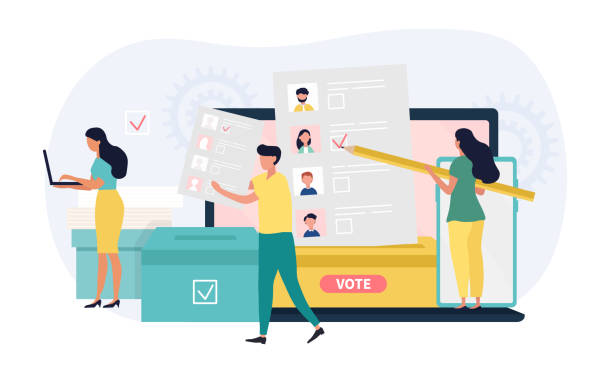Introduction to On-page SEO and Its Importance
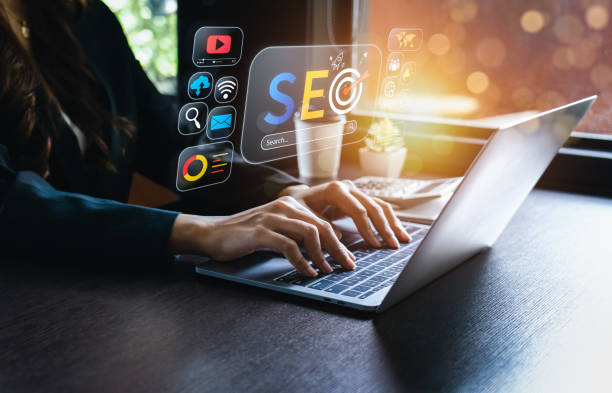
On-page SEO, also known as on-site optimization, is a set of activities and techniques performed within a website to improve its ranking in search engine results.
This optimization includes content optimization, HTML code, and the overall site structure.
Unlike off-page SEO, which focuses on backlinks and off-site activities, #On-page_SEO gives the webmaster full control and forms the foundation of a successful SEO strategy.
The importance of on-page SEO is undeniable; without strong on-page SEO, even the best off-page SEO strategies cannot achieve desired results.
This section provides a comprehensive explanation to help you understand why every website owner should prioritize this aspect of optimization.
Search engines, using their complex algorithms, analyze web page content and rank it based on various factors.
Factors such as keywords, content quality, page loading speed, and user experience are all vital components of on-page SEO.
Strong on-page SEO not only helps search engines better understand your content but also improves user experience, which in turn can lead to a reduction in bounce rate and an increase in user dwell time on the site.
Therefore, if you are looking for a strong online presence and to attract organic traffic, investing in on-page SEO is essential and educational for all web professionals.
This is an ongoing process that requires continuous updates and analysis to keep your site at the top of the rankings.
How much does losing business leads due to an unprofessional website cost you? Solve this problem forever with professional corporate website design by Rasavand!
✅ Increase credibility and and trust of potential customers
✅ Easier attraction of new business leads
⚡ Get a free consultation now!
Keywords and Their Role in On-page SEO
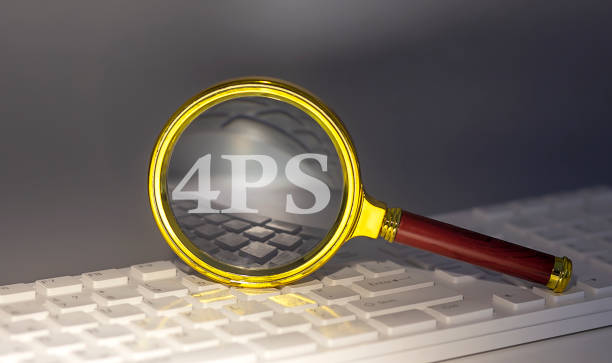
Keywords are the backbone of any on-page SEO strategy.
The correct selection of keywords not only determines what traffic you attract but also indicates whether this traffic will convert into potential customers.
Keyword research goes beyond merely finding the words users search for; it’s an expert guide to understanding user intent and competitiveness in the online space.
You need to identify main keywords, secondary keywords, and also long-tail keywords that are not only relevant to your content but also have the potential to attract quality traffic.
After identifying keywords, the next step is to intelligently integrate them into your site’s content.
This includes placing keywords in the page title (Title Tag), meta description, heading tags (H1, H2, H3), and of course, in the main body of the content.
The crucial point is that keyword usage must be completely natural and readable; excessive use of keywords (Keyword Stuffing) not only harms your ranking but also disrupts user experience.
As a professional recommendation, always focus on the quality and semantic relevance of the content to the keyword, rather than the number of times a keyword is repeated.
Search engines are now smart enough to understand synonyms and semantically related keywords, so don’t be afraid to diversify your vocabulary.
Optimizing Title and Meta Descriptions
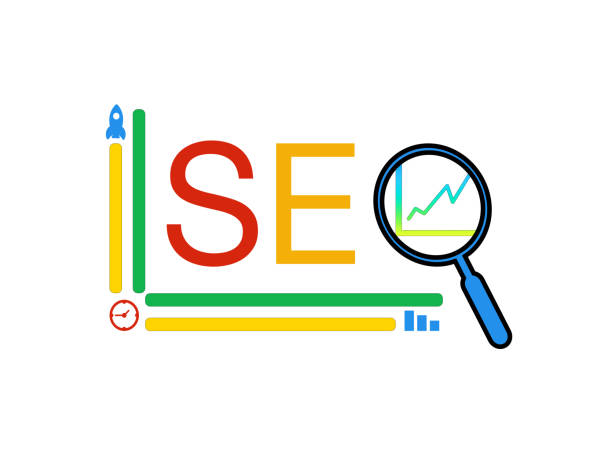
The page title (Title Tag) and meta description are the first things users see in search results and play a vital role in their decision to click on your link.
Optimizing these two elements is very important for on-page SEO, as they not only help search engines understand the page’s topic but also influence your click-through rate (CTR).
An attractive and relevant title, along with a compelling meta description, can drive significant traffic to your site.
| Element | Best Practices for Optimization |
|---|---|
| Page Title (Title Tag) |
|
| Meta Description |
|
These educational explanations help you optimize these elements with greater care.
Remember that the title and meta description should be an attractive invitation for users to enter your site and consume your content.
This is a vital part of an on-page SEO strategy that is often overlooked.
Proper optimization of these elements can make a significant difference in your click-through rate and ultimately your organic traffic.
Content Structure and Heading Optimization
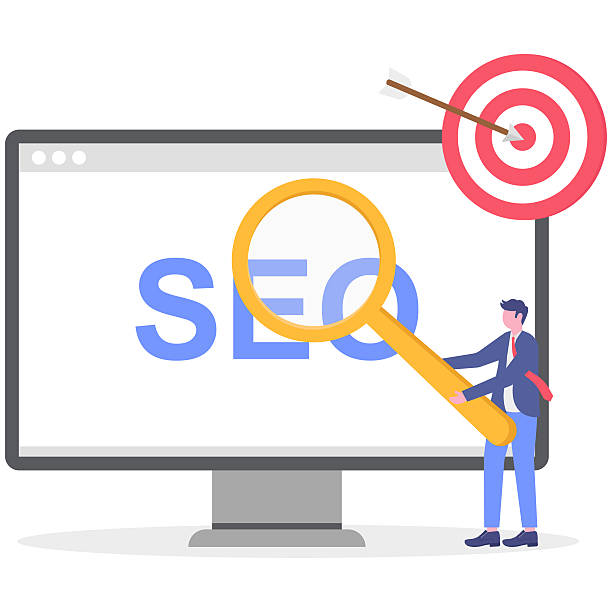
The content structure of a web page not only affects readability but also plays a significant role in search engines’ understanding of your content.
Proper use of heading tags (H1 to H6) is a key aspect of on-page SEO that helps search engines identify the hierarchy and main and sub-topics of your content.
H1 is typically used for the main page title and should only be used once per page.
This tag should include the page’s main keyword and reflect the content’s primary topic.
Subsequently, to break down longer content and organize it better, H2 and H3 tags, and so on up to H6, are used.
H2 tags are suitable for main sections and H3 for their sub-sections.
These tags should include secondary keywords or related phrases that help both the reader and the search engine quickly understand the topic of each section.
A hierarchical and logical structure not only improves user experience and makes content easier to read but also sends strong signals to search engines that your content is well-organized and easy to understand.
This is a practical and explanatory guide for improving your site’s organic presence.
Remember that each heading tag should have a specific meaning and act as a guide for the user.
Avoid using heading tags merely for text beautification; instead, focus on their semantic importance.
Are you tired of losing business opportunities due to not having a professional corporate website?
Rasavand helps you by designing a professional corporate website:
✅ Build a powerful and reliable brand image
✅ Convert website visitors into loyal customers
⚡ Get a free consultation now!
Content Quality and Its Importance in On-page SEO
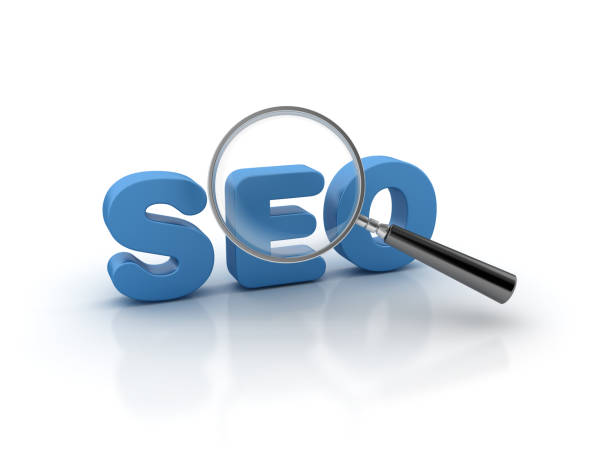
Content is king, and this principle holds truer than ever in the world of on-page SEO.
Content quality is a critical factor for ranking in search engines and directly impacts user experience and your site’s credibility.
Quality content not only answers users’ questions but also provides comprehensive, accurate, and unique information.
This type of content keeps users on your site for longer, reduces bounce rate, and increases the likelihood of your content being shared, all of which are positive signals for search engines.
Search engines look for content that creates real value for users.
This means avoiding duplicate, low-quality, or overly brief content.
Furthermore, the E-A-T (Expertise, Authoritativeness, Trustworthiness) principle, introduced by Google, emphasizes the importance of expertise, authority, and trust in content.
This is an in-depth analysis of search engines’ expectations for your content.
To produce quality content, you need to know your target audience, understand their needs, and create content that addresses those needs.
Use reliable sources, keep information updated, and choose a writing style that is appealing and understandable to your audience.
Engaging and captivating content can even be entertaining and encourage users to return to your site.
Internal Linking and Site Structure Improvement
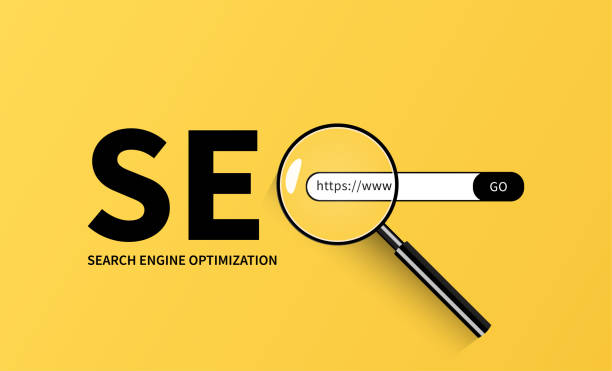
Internal linking refers to creating links from one page to another within the same website.
This is a powerful and often overlooked element in on-page SEO that helps search engines better understand your site’s structure, crawl pages more easily, and distribute link equity among different pages.
Additionally, internal links help users easily navigate your site and discover more related content, which leads to improved user experience and increased dwell time on the site.
An effective internal linking strategy involves using relevant and descriptive anchor texts.
Anchor text is the visible, clickable text in a hyperlink and should accurately describe the content of the page it links to.
This helps search engines better understand the topic of the destination page.
Furthermore, creating a logical hierarchical structure for the site, such as the “Hub and Spoke” (Hub and Spoke) model, where a central page (hub) links to several related pages (spokes), can help optimize link distribution and improve crawlability.
This educational and guidance-focused section emphasizes the importance of this strategy in improving on-page SEO.
Optimizing Images and Multimedia Files
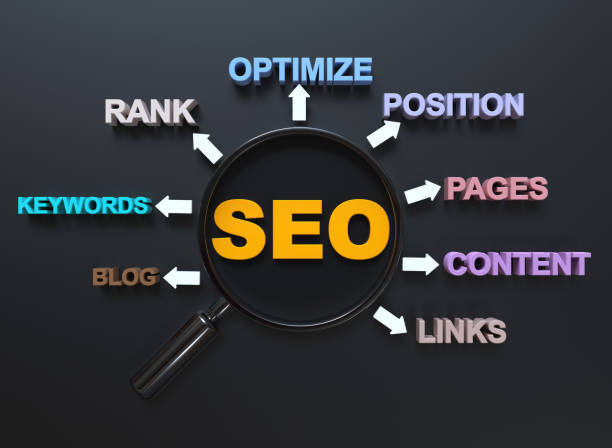
Images and other multimedia files (such as videos) play an important role in attracting users and improving user experience.
However, if not properly optimized, they can harm site loading speed and ultimately damage your on-page SEO ranking.
Image optimization goes beyond merely reducing file size; it is a specialized process that includes several aspects.
The most important is the use of appropriate Alt Text (Alternative Text).
Alt Text is a text description of the image content that is not only useful for visually impaired users but also helps search engines understand the image content and display it in image search results.
Alt Text should be descriptive and include relevant keywords.
| Optimization Element | Description and Tips |
|---|---|
| Image File Size |
|
| Alt Text (Alternative Text) |
|
| Image File Name |
|
| Lazy Loading |
|
This comprehensive guide ensures that your images not only enhance the visual appeal of your site but also contribute to improving your on-page SEO performance.
Optimizing videos also includes using appropriate formats, compression, and providing video Schema Markup to help search engines understand their content.
Site Speed and User Experience (UX)
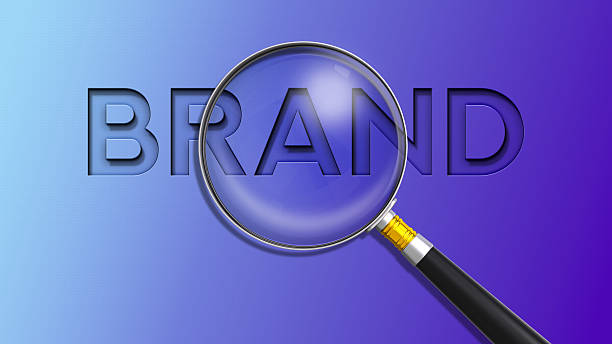
Site speed and user experience (UX) are two critical factors that directly impact on-page SEO.
Search engines, especially Google, are increasingly emphasizing these factors because they are directly related to user satisfaction.
A slow site has a high bounce rate and gives users the feeling that you don’t value their time.
This leads to a lower ranking in search results, even if your content is excellent.
With the introduction of Core Web Vitals, Google has included metrics such as LCP (Largest Contentful Paint), FID (First Input Delay), and CLS (Cumulative Layout Shift) as part of its ranking algorithm, which are directly related to speed and visual user experience.
Improving site speed includes techniques such as image compression, browser caching, minimizing CSS and JavaScript code, and using a CDN (Content Delivery Network).
The faster your site loads, the more likely users are to stay and interact with it.
Additionally, Responsive Design is essential to ensure that your site displays well on various devices (mobile, tablet, desktop), as Google uses a Mobile-first Indexing strategy.
This explanatory and analytical breakdown shows how speed and UX directly impact your on-page SEO success and why they should not be overlooked.
Tired of losing customers due to poor e-commerce website design? Solve this problem forever with Rasavand!
✅ Increase sales and visitor-to-customer conversion rates
✅ Smooth and engaging user experience for your customers⚡ Get a free consultation
Advanced Tips and Common Mistakes in On-page SEO

For deeper on-page SEO optimization, some advanced tips and awareness of common mistakes are essential.
One such advanced tip is the use of Schema Markup or structured data.
Schema Markup is code that helps search engines better understand your page’s content and display it in a richer way in search results (Rich Snippets).
This can include information about recipes, reviews, products, or events, and helps increase CTR.
Furthermore, proper management of Duplicate Content using Canonical tags is of high importance.
Duplicate content can arise due to different versions of a page (with or without www, HTTP vs. HTTPS) or by copying content from other sites.
A Canonical tag tells search engines which version of a page is the original one, preventing penalties related to duplicate content.
This section, presented in a specialized and thought-provoking manner, addresses challenges you might encounter on your on-page SEO journey.
Common mistakes include:
- Keyword Stuffing: Excessive and unnatural use of keywords.
- Low-quality Content: Producing short, worthless, or duplicate content.
- Broken Links: Links that lead to non-existent pages.
- Ignoring Mobile-Friendliness: Failure to optimize the site for mobile devices.
Avoiding these mistakes and implementing advanced tips can significantly contribute to your on-page SEO success.
Monitoring and Analyzing On-page SEO Performance

After implementing on-page SEO strategies, the next step is continuous monitoring and performance analysis.
SEO is not a one-time process; instead, it requires ongoing review and optimization to keep pace with changes in search engine algorithms and user behavior.
Tools like Google Analytics and Google Search Console provide vital and informative data about your site’s performance.
Using Google Analytics, you can track data such as organic traffic, bounce rate, dwell time on site, and user paths.
This information helps you understand how users interact with your content and where your site’s weaknesses lie.
Google Search Console provides information about your site’s performance in search results, including the keywords users used to find your site, click-through rates, crawl errors, and indexability issues.
These tools are essential for anyone seriously involved in on-page SEO.
This analytical section helps you make data-driven decisions for continuously improving your site’s SEO.
Regular review of this data allows you to adjust your strategies, create new content, or optimize existing content to always stay on the path to SEO success.
Frequently Asked Questions
| Question | Answer |
|---|---|
| What is On-page SEO? | On-page SEO refers to a set of actions performed within your website to improve its ranking in search engine results. This includes optimizing content, site structure, and HTML code. |
| Why is On-page SEO important? | On-page SEO helps search engines understand your page’s content and determine if your content is relevant to searchers. It is the foundation of any successful SEO strategy. |
| What are the key elements of On-page SEO? | Page title (Title Tag), meta description, keyword usage, image optimization, heading structure (H1, H2, …), internal linking, and content quality are key elements. |
| How to optimize the Page Title (Title Tag)? | The page title should include the main keyword, be attractive and encouraging to click, and be between 50 to 60 characters (or appropriate pixels) in length to be fully displayed in search results. |
| What role does the Meta Description play in On-page SEO? | The meta description is a summary of the page’s content displayed below the title in search results. Although it does not directly affect ranking, it helps SEO by increasing the click-through rate (CTR). |
| What is the importance of using heading structure (H1, H2, H3) in On-page SEO? | Headings structure the page content and make it easier to read. H1 is typically the main page title and should include the keyword. H2 and H3 are used to organize subsections and help search engines understand the content hierarchy. |
| How to effectively use keywords in content? | Keywords should be used naturally and logically throughout the content, including the introduction, body, and conclusion. Avoid keyword stuffing. |
| What steps are involved in optimizing images for On-page SEO? | It includes compressing images to reduce size, using descriptive file names, adding appropriate Alt Text, and optimizing the image title and description. Alt Text is crucial for accessibility and helping search engines understand image content. |
| What is Internal Linking and what are its benefits? | Internal linking means creating links from one page on your website to another page on the same website. This helps users navigate your site easily, distributes page authority across the site, and helps search engines better understand your site’s structure. |
| What is the importance of content quality in On-page SEO? | High-quality, accurate, comprehensive, and valuable content for users, is the cornerstone of on-page SEO. Search engines prefer content that meets user needs. Quality content leads to longer dwell time and reduced bounce rate, which are positive SEO signals. |
And other services of Rasavand Advertising Agency in the field of advertising
Smart SEO: Revolutionize customer behavior analysis with precise audience targeting.
Smart Marketplace: A fast and efficient solution to increase website traffic with a focus on intelligent data analysis.
Smart Website Development: A fast and efficient solution for user interaction with a focus on marketing automation.
Smart Digital Branding: A novel service to increase customer acquisition through custom programming.
Smart Customer Journey Mapping: An effective tool to increase click-through rates with the help of marketing automation.
And over hundreds of other services in the field of internet advertising, advertising consulting, and organizational solutions.
Internet Advertising | Advertising Strategy | Advertorials
Sources
Strengthening Your Site’s On-page SEOSuccessful On-page SEO ChecklistKey Technical SEO TipsComprehensive Content SEO Guide
? For a powerful presence in the digital world and to elevate your business, Rasavand Afarin, a leading digital marketing agency, is with you. With our comprehensive services, including SEO-optimized website design, we will take your business to new heights.
📍 Tehran, Mirdamad Street, Next to Central Bank, Southern Kazerun Alley, Ramin Alley, No. 6




